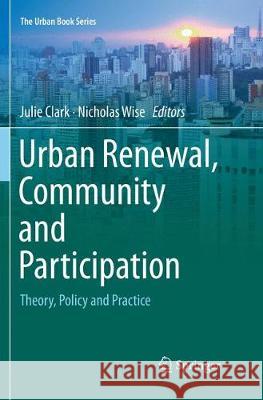Urban Renewal, Community and Participation: Theory, Policy and Practice » książka
topmenu
Urban Renewal, Community and Participation: Theory, Policy and Practice
ISBN-13: 9783030101848 / Angielski / Miękka / 2018 / 243 str.
Urban Renewal, Community and Participation: Theory, Policy and Practice
ISBN-13: 9783030101848 / Angielski / Miękka / 2018 / 243 str.
cena 605,23
(netto: 576,41 VAT: 5%)
Najniższa cena z 30 dni: 578,30
(netto: 576,41 VAT: 5%)
Najniższa cena z 30 dni: 578,30
Termin realizacji zamówienia:
ok. 22 dni roboczych
Bez gwarancji dostawy przed świętami
ok. 22 dni roboczych
Bez gwarancji dostawy przed świętami
Darmowa dostawa!
Kategorie BISAC:
Wydawca:
Springer
Seria wydawnicza:
Język:
Angielski
ISBN-13:
9783030101848
Rok wydania:
2018
Dostępne języki:
Numer serii:
000789133
Ilość stron:
243
Oprawa:
Miękka











